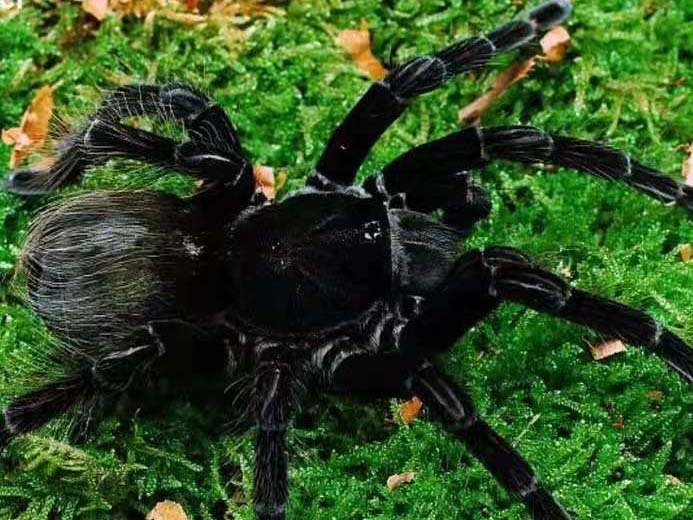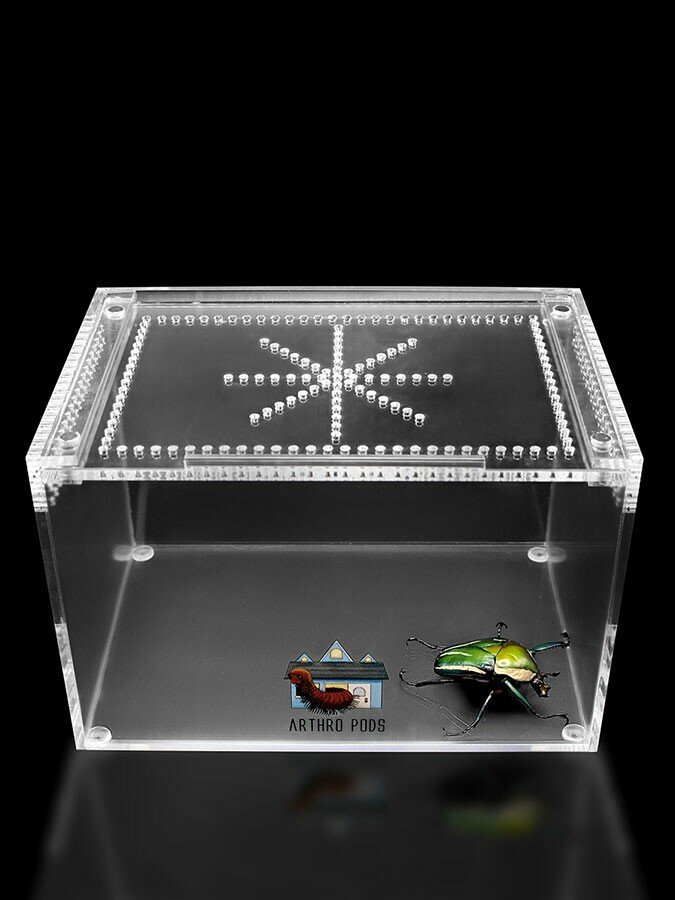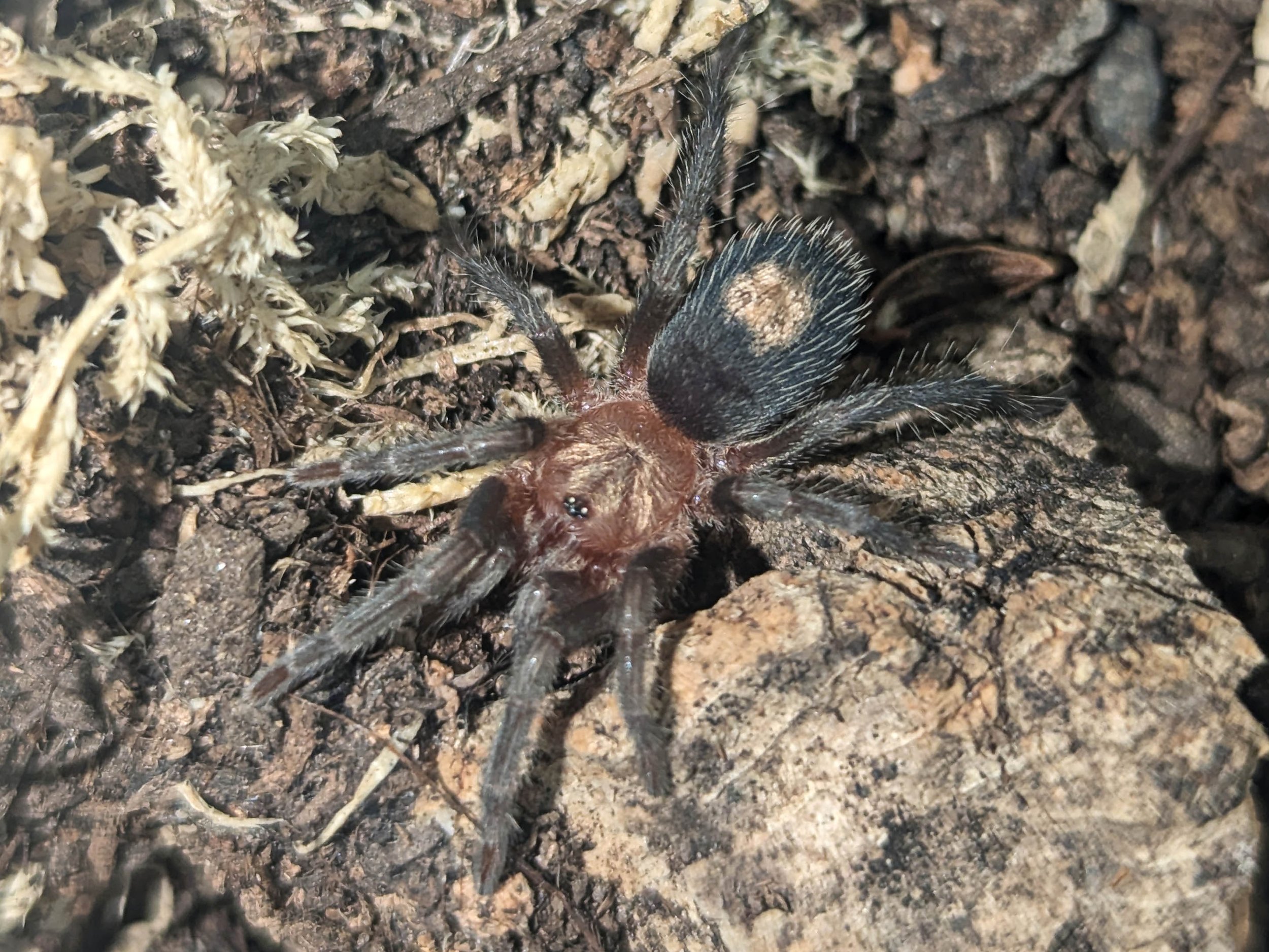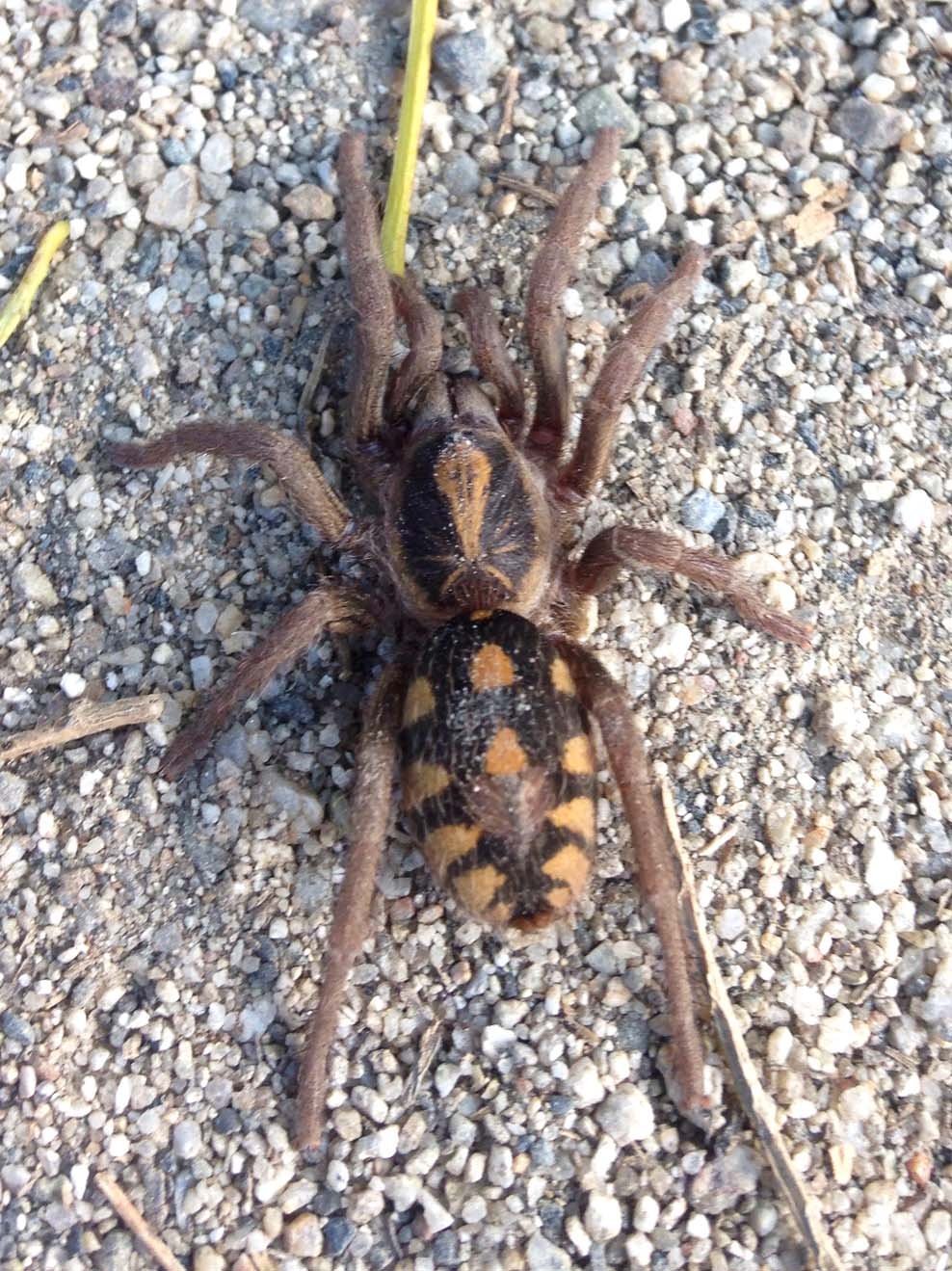What's the ideal diet for a Ecuadorian Black Birdeater Tarantula?
All Tarantulas can eat a variety of feeders. Stick to crickets, dubia roaches, silkworms, horned worms occasionally, and a superworm or mealworm as the occasional treat!
How should I keep a Ecuadorian Black Birdeater Tarantula?
For this particular creature, you can start with a small Terrestrial Terrain enclosure if under a ¼” - 1.2” spiderling (sling), and when they get to be about 1” in size, you will want to upgrade to the medium or large Terrestrial Terrain enclosure. Feed them as slings once a week, twice if their opisthosoma (abdomen) looks small, but if the opisthosoma is wider than their prosoma (cephalothorax), then wait a couple of days to feed. For juveniles or adults, stick to feeding once a week, nothing larger than their opisthosoma. Make sure to keep a full water dish at all times; wider and deeper is fine. Your tarantula can’t drown; they float on water.
How long could a Ecuadorian Black Birdeater Tarantula live?
Females are believed to live upwards of 15+ years in captivity, and even males can live upwards of 3-4 years of age. All estimates are based on multiple sources. Information on this species is gathering data from other genus and similar species, as it is too new to the hobby to know its maximum captive lifespan.





















